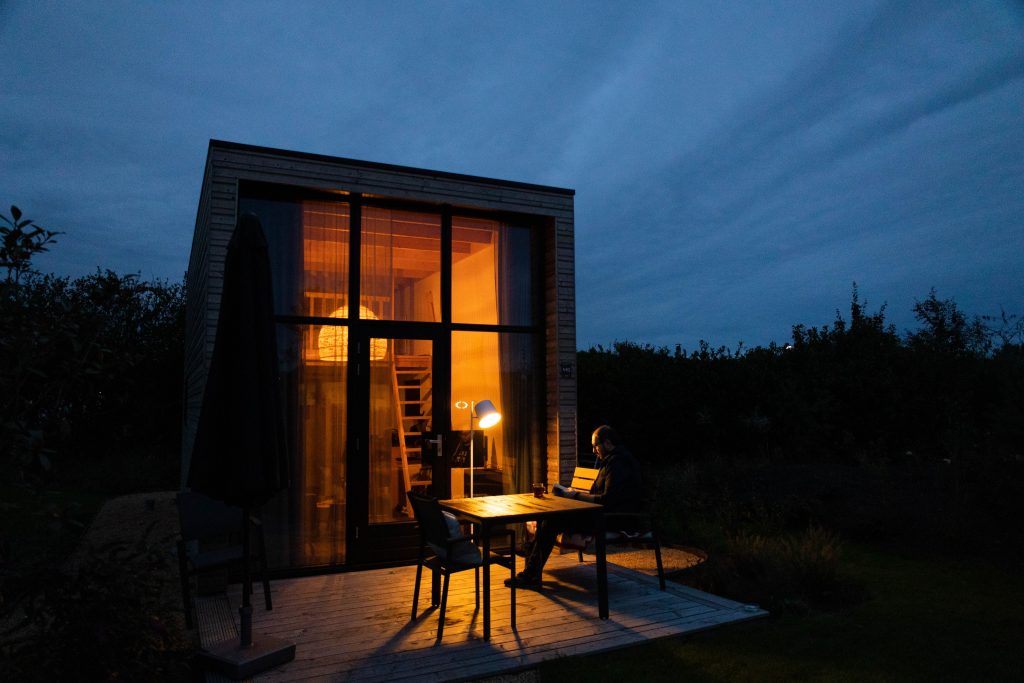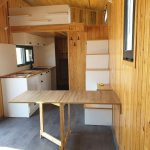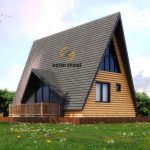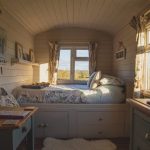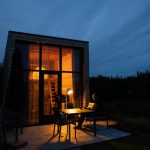There are two main reasons why tiny house houses are also built as houses on wheels. The trailer classifies the Travelling Tiny House as a caravan, so you don’t need a building permit, saving you time and money. Add to this the flexibility to move and take your home with you and it’s no surprise that tiny house homes are a popular housing option.
On our blog Tiny House homes, we take you through the key differences to help you find out which one is right for you. We cover some overlapping content here but will focus on helping you choose between a trailer, log or foundation for your Tiny House.
Although there are many different definitions and products on the market, many people still don’t understand what a tiny house is. In a nutshell, a tiny house is a cabin-like home built on wheels for simpler, eco-friendly, financially sustainable living, but there are many people who have not yet heard of beautiful tiny houses, and you will get it every now and then. Question: “What is a Tiny House?”
There is no limit to the scope of Tiny House design. You just need to search the internet to explore the possibilities. Tiny Houses provide a sustainable way to build communities, can generate rental income or give more people the affordability to own their own home.
Tiny House Definition
The general understanding is that the Tiny House is a 7.2m x 2.4m fully equipped house on wheels and consists of a kitchen, living area, bathroom and sleeping loft.
Why are Tiny Houses Built on Wheels?
Some of the Tiny Houses are built on wheels, so the rules that apply to caravans also apply to tiny houses. By building your home on wheels, you can overcome many of the regulatory hurdles that come with a fixed dwelling on a concrete slab or logs.
However, as the rules about living in caravans on private property usually exist at local council level, there is no broad description of what is permitted.
Most Tiny House owners like the fact that they can relocate if they wish. Although Tiny Houses are not built for regular towing like a caravan, separating the house from the land means a smaller footprint for flexibility, cost efficiency and environmentally friendly living.
Design and Construction
At Dream Houses Tiny Houses, we build all our houses in accordance with the Australian Building Code. We design and build within the size and weight limits of Turkish road regulations so that your home can be towed. Your tiny appliance comes with a VIN number pre-registered with the Department of Transport and Main Roads.
Tiny Homes do not require Development Applications (DA) approval from the municipality, but municipalities may limit the amount of time someone can live permanently in a caravan and this may affect your decision on where to park.
A Tiny House on logs, sometimes called a demountable or concrete foundation, will need a DA for your safety.
A tiny house can be converted into a permanent dwelling by removing the wheels, axles and putting it on a concrete foundation or on logs. It will need standard council approvals and will be treated as a primary or secondary dwelling.
A Tiny House built on a custom trailer can be completed and delivered within 3 months of the design being signed off! This can save you time, location constraints and money that you would otherwise encounter when building a home on a foundation.
A Tiny House on a foundation can be built using a wider range of building materials than a house on wheels. This allows for greater design flexibility in terms of height, floor size and shape.
The flexibility to move around if you want or need to is part of the appeal of the House on Wheels. An interstate business opportunity doesn’t mean complete mayhem when you can take your home with you! In the event of a natural disaster, a home on wheels can be moved.
Vehicles
Installing and disconnecting utilities in a house on wheels is as simple as a caravan. Our standard models come complete with flush toilet, hose connection, plug socket and are solar ready. Many of our customers are semi-off grid. They connect to the main house electricity supply on their shared property, have a compost toilet and buy their water tanks locally.
Home Loans
Obtaining financing for a Tiny House on a foundation or logs is quite standard and similar to a normal home loan, depending on whether it is for a primary or secondary residence.
Wheelhouse financing is not always covered by a caravan loan. a personal loan is usually sought for the wheelhouse. However, a house on wheels usually costs less to build than a permanent residence, making them an affordable option.
Owning the land on which your home sits requires residential zoning approval and municipal rates. You may need to bring mains water or electricity to the property or confirm that the local municipality has approved off-grid options. Many of our clients share resources and rent an area of property from friends or family.
It is likely that Tiny Homes on a Foundation will become popular as a housing solution in the future. Compliance with building regulations will require a development application and may not be approved with sleeping lofts.

